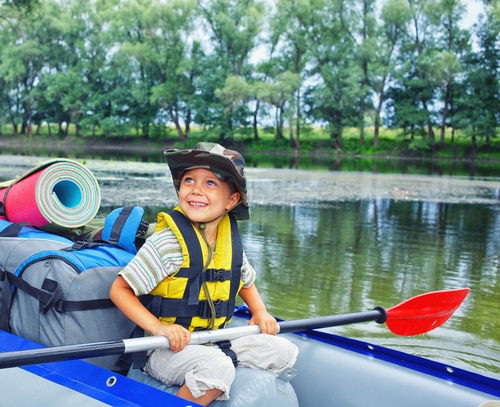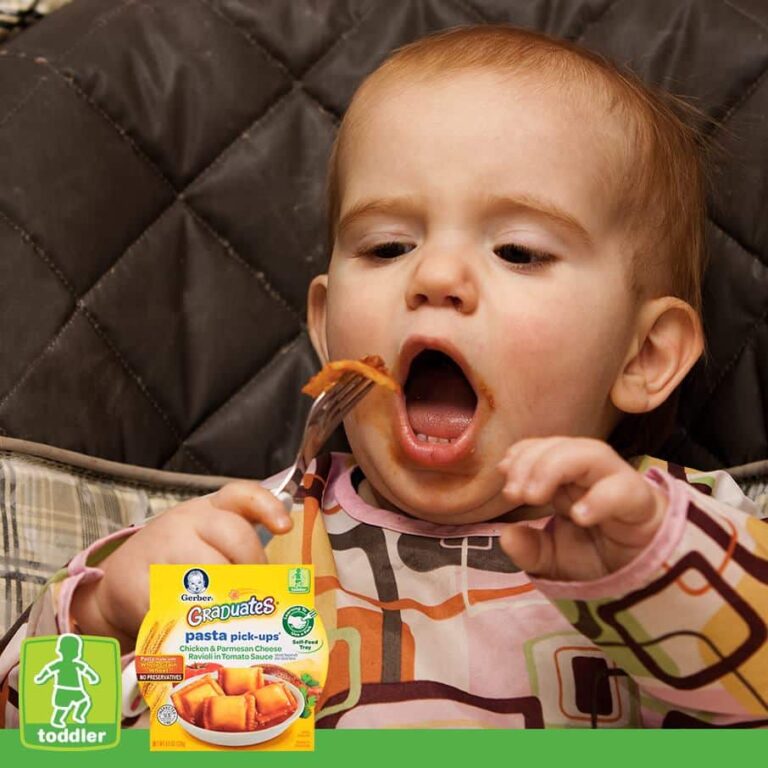The Only Packing List Parents Need To Manage Life-Threatening Allergies At Summer Camp
I have so much respect for parents of children with food allergies. Food allergies can range from minor to major, with a hefty dose of unpredictable. Even the simple act of testing for food allergies is a huge pain in the ass, as I can tell you from personal experience.
My son has eczema, asthma, and seasonal allergies. His confirmed food allergies are extensive, though his doctors recommend that we at least avoid egg and peanut to prevent eczema flare-ups. So far, we are fortunate in that he has not had any type of severe reaction to food. Thankfully, ever since we have gotten on the food allergy track and have avoided his trigger foods with a healthier diet, his skin has cleared, and his asthma is under control, along with the help of asthma medication.
Once you get your kid’s food allergy nailed down, everything is fine. Right? Oh ho ho ho, that is where you’re wrong. I have only started to send my son out into the real world, packed with his special, healthy snacks to prevent an eczema or asthma flare-up. (As a note, we hope that his strict diet will only be temporary until his health starts to improve.)
A kid with food allergies needs an exceptional plan of action to venture out into the real world, especially if their life hangs in the balance. While this sounds overly dramatic, I promise you it is not. Dangerous food allergies affect more than 15 million Americans, translated to an estimated one in 13 children under the age of 18. This means that two kids in every classroom could have a food allergy, a common cause of anaphylaxis.
According to Anaphylaxis101.com:
Anaphylaxis (pronounced ”a-na-fi-LAX-is”) is a life-threatening allergic reaction that can happen when someone comes into contact with a food or other trigger to which they are allergic. Avoidance of allergic triggers is the critical first step in managing life-threatening allergies.
Food allergy guidelines released by the National Institute of Allergy and Infectious Diseases, a division of the National Institutes of Health, state that epinephrine is the medicine a person experiencing anaphylaxis should receive. If experiencing anaphylaxis, find an adult who can help. Administer epinephrine and seek emergency medical attention immediately.
If you are a food allergy parent getting ready to send your kid out for some summer fun, there’s major prepping in order. Whether it’s summer camp, Vacation Bible School, an afternoon at the park, or a sleepover, your kid needs a game plan to protect against an allergic reaction and potential cross-contamination.
Summertime activities like this can feel overwhelming, but don’t panic just yet. Anaphylaxis101.com has provided us with a helpful summer camp packing list that can be used for any kid-friendly summertime activity. Don’t leave home without it.
The Allergy-Friendly Camp Packing List
1. Anaphylaxis action plan: Work with a healthcare professional to develop an action plan to share with camp staff so everyone is aware of how to avoid known allergens and be prepared for anaphylaxis in the event it happens.
2. Educational awareness materials about anaphylaxis: Check out Anaphylaxis101.com for resources about common allergic triggers, signs and symptoms, and forms and checklists; share with camp staff, so they are prepared.
3. Two epinephrine auto-injectors in case anaphylaxis occurs: It is important to have two epinephrine auto-injectors wherever you may be on or off camp grounds.
4. Backpack to carry your personal belongings and two epinephrine auto-injectors.
5. Sneakers for physical activities.
6. Sweatshirt or jacket to stay warm on cooler days and nights.
7. Water bottle to stay hydrated.
8. Swimsuit and towel for all water activities.
9. Sunscreen to protect skin from sun exposure.
10. Camera to take pictures and capture great memories with friends.
11. Bug repellant to avoid any pesky insects.
12. Allergy-friendly snacks.
(Images: Max Topchii/Shutterstock)






